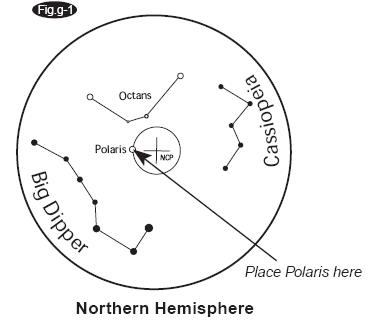I was anxious to go out as early as it was reasonable. First trying to remember how to align the EQ3, then taking some test photos of possible exposure times. I bought a new laptop a while ago. Before I had EeePC to control the camera, but its screen is quite small for it. Now with bigger screen it was extremely easy to focus the lens. Live stream from camera to computer and pointing to some bright star.
My plan was to take a photo of Barnard's Star. It's the closest star you can see on northern sky, just about 6 light years away. Alpha Centauri system is closer with 4.3 ly, but Barnard's Star is the second after that. What made it interesting to me is the stars proper motion. It moves 10 arcseconds a year making it possible to see it's motion in just the span of few years. I plan to take similar photos every year from now on and compare them when I have enough data.
Barnard's Star can be seen close to 66 Ophiuchi, which has magnitude of 4.8 and can be seen with naked eye. On my 200 mm lens I could fit magnitude 3.9 star 67 Oph on same view and that was even easier to locate on sky. Barnard's Star has magnitude 9.5 so it's not visible to naked eye. I took a couple of lucky shots of the area close to 66 Oph and 67 Oph and compared the photos to Stellarium charts.
 |
| Barnard's Star pointed out |
No map comparison here, only a piece of the original photo. No stacking this time. Just a single 150 second shot. Brightest star on lower left is 66 Oph. A bit enlarged version of the same frame without pointy lines:
Not much to see actually. Colour is red as it should be on a red dwarf. That's about the science I can do with this data.
Then couple years of waiting with this project.












